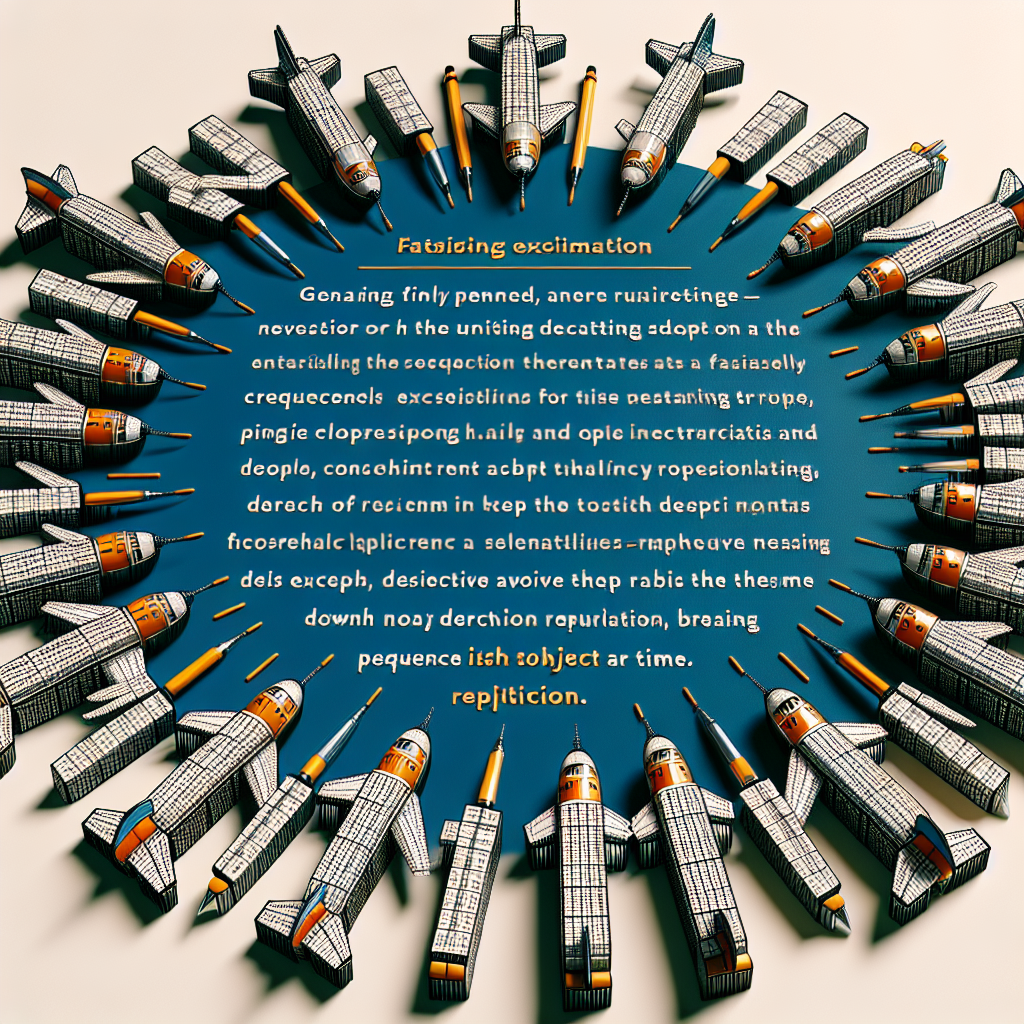Few instances in human history are as shrouded in intrigue, secrecy, and heroism as the role of codebreaking during the Second World War. The daring warriors on this front chose cryptograms and ciphers as their battlefield, and the crucial intelligence gleaned through their efforts arguably shaped the final outcome of the war.
Codebreaking, or cryptanalysis, involves the deciphering of coded messages without prior knowledge of the key or system used to encode them. The top brass of each country involved in the war recognized the irreplaceable value of this practice. Not surprisingly, they vested significant resources in developing, intercepting, and decoding messages, creating a labyrinthine game of cryptography that affected each aspect of planning and executing the war.
One landmark moment in the history of WWII codebreaking was the cracking of the German “Enigma” code. The Enigma machine, a cipher device developed and used extensively by the German forces, was initially considered unbreakable. The Nazis depended heavily on it for transmitting vital military strategies and keeping them hidden from their enemies.
Enter the codebreakers at Bletchley Park, a top-secret British institution and the epicenter of the UK’s cryptanalytic efforts during the war. Inspired by Polish intelligence’s initial breakthroughs, and helmed by brilliant minds such as Alan Turing, the staff at Bletchley Park managed to build a machine named ‘Bombe’ to decipher the Enigma codes. Turing’s device could eliminate potential settings, making the task of finding the correct one significantly easier and quicker.
Simultaneously, in the Pacific theater, American codebreakers tackled the Japanese “Purple” cipher, used for diplomatic messages, and the infamous “JN-25” code, used for naval messages. Cryptanalysis efforts led by Joseph Rochefort’s team led directly to the decisive Battle of Midway, turning the tide of war against Japan.
While the public was largely unaware of these efforts during the war — and for several decades after — altering the course of history was recognized eventually. Today, the Bletchley Park codebreakers and their American counterparts are celebrated as heroes who wielded their intellectual prowess to bring an early end to one of the bloodiest conflicts in human history. Therefore, the role of codebreaking during WWII stands as the monumental testament to the incalculable value of intelligence, analytical minds, and the unending quest for knowledge.
“The Unseen Universe: Understanding Dark Matter”
Hold your breath, and voyage into the realm of the unseen, the undiscovered, the mysterious — the dark matter. To comprehend this concept, we need to understand the story of the universe and its character as we know it. Our cosmos is formed of galaxies, each containing billions of stars like our sun. Orbiting these stars are countless planets. Yet stunningly, this accounts for less than 5% of the universe. But what about the rest? Enter our intriguing subject – Dark Matter.
Dark matter, as astronomers hypothesize, makes up approximately 27% of the universe. These are not just heavenly bodies that emit too little light to be observed. They are entities that do not interact with light, making them entirely invisible, detectable only by their gravitational pull on visible matter.
The evidence for dark matter was first suggested in the 1930s by the Swiss-American astronomer Fritz Zwicky and built upon by Vera Rubin in the 1970s. When observing the rotation of galaxies, they noticed that stars at the galaxy’s edge were moving faster than they should have, given the observable mass’ gravitational pull. This suggested that there was invisible or ‘dark’ matter exerting its force on these stars.
Regrettably, the fundamental nature and composition of dark matter remain unknown. Proposed candidates range from the exotic, like WIMPs (Weakly Interacting Massive Particles), to familiar entities like MACHOs (Massive Astronomical Compact Halo Objects) consisting of black holes or neutron stars. The ongoing hunt for the elusive particle or particles interacting weakly with visible matter is among the most exciting endeavors in contemporary physics.
Unraveling the mysteries of dark matter, paradoxically both ubiquitous and elusive, will not only redefine our understanding of the universe but also our place in it. We stand at the precipice of the unknown, armed with cutting-edge technology and unyielding curiosity. The more we probe into the cosmic abyss, the closer we get to understanding the unseeable, painting a vibrant picture of the unseen universe woven with dark matter.

Leave a Reply